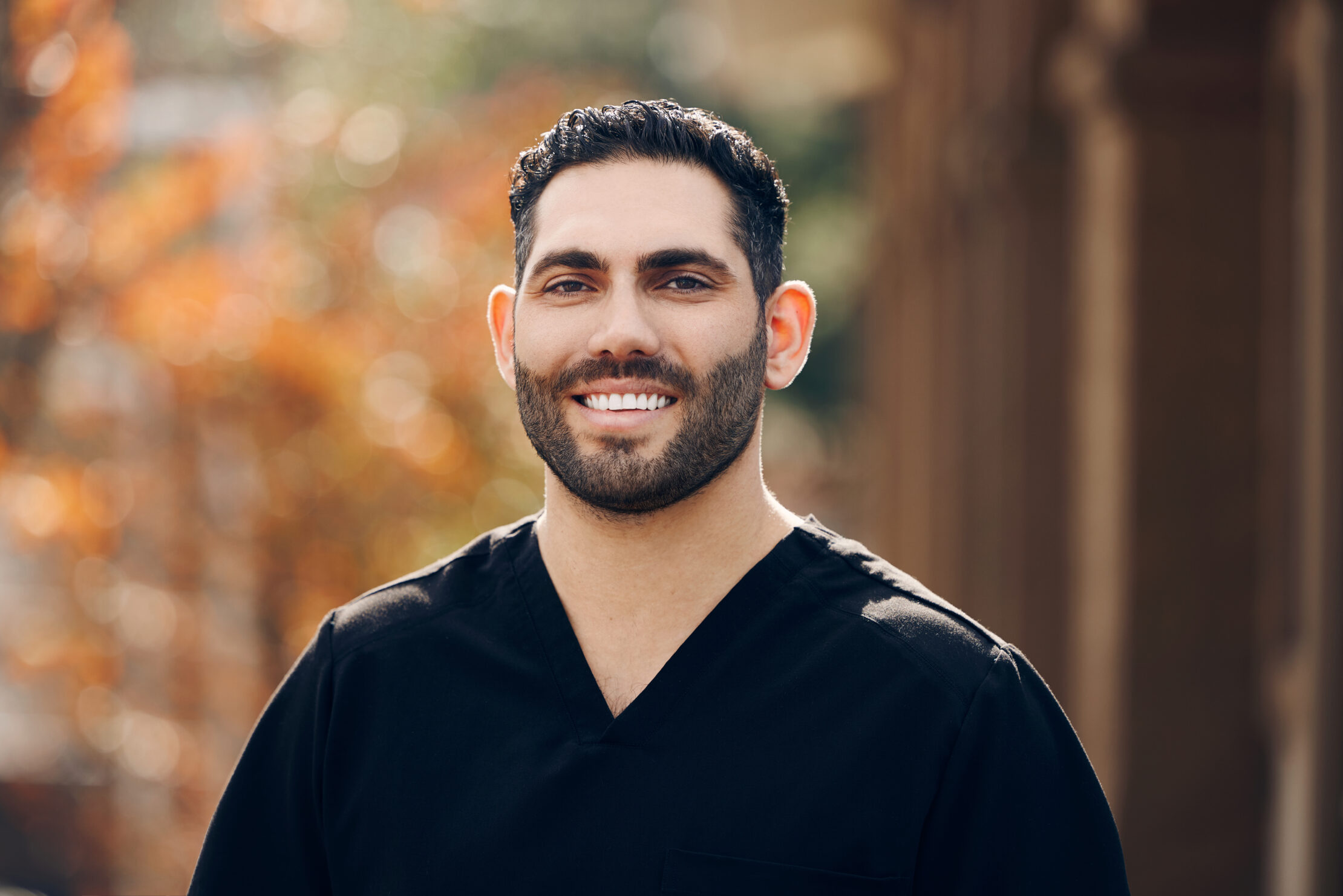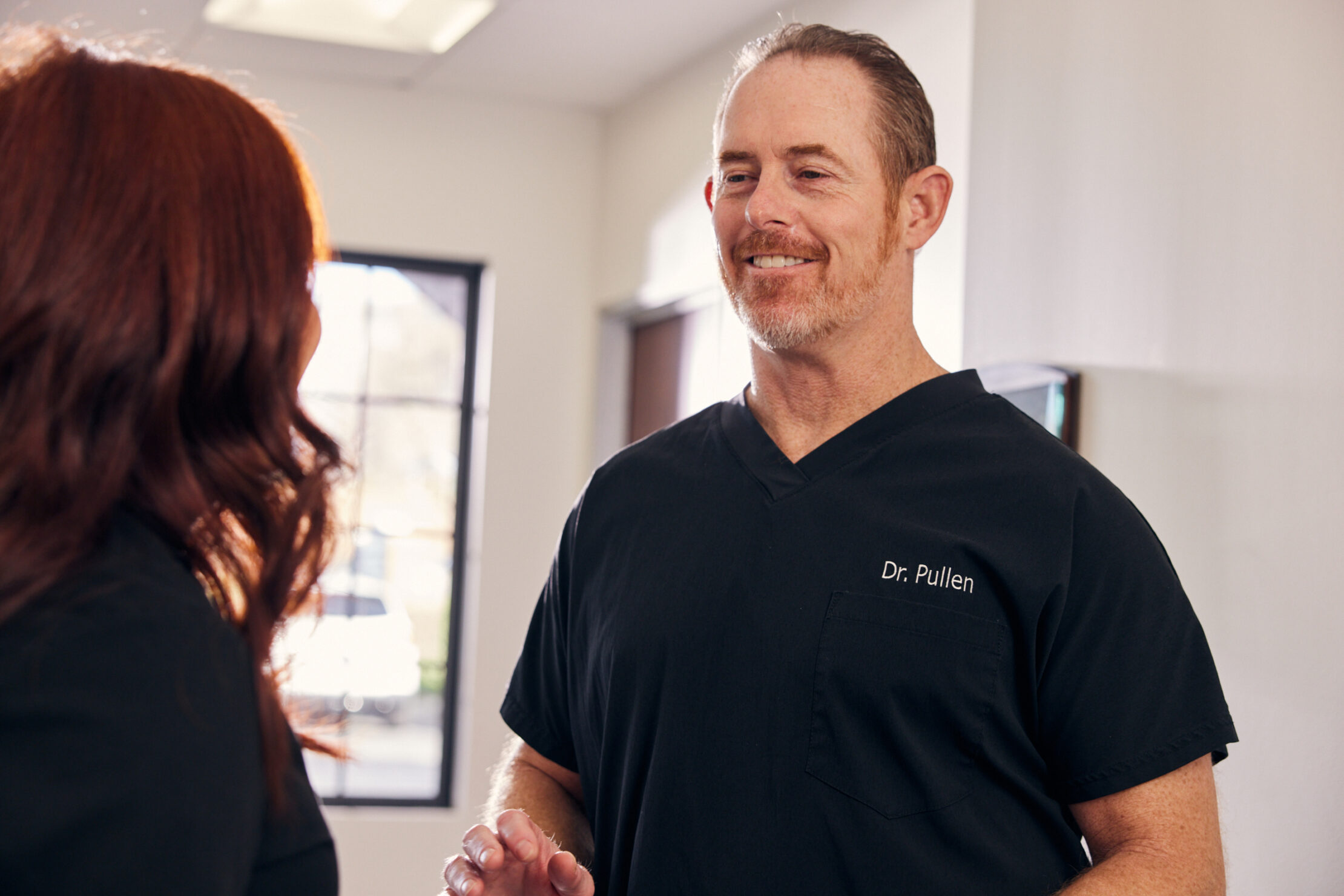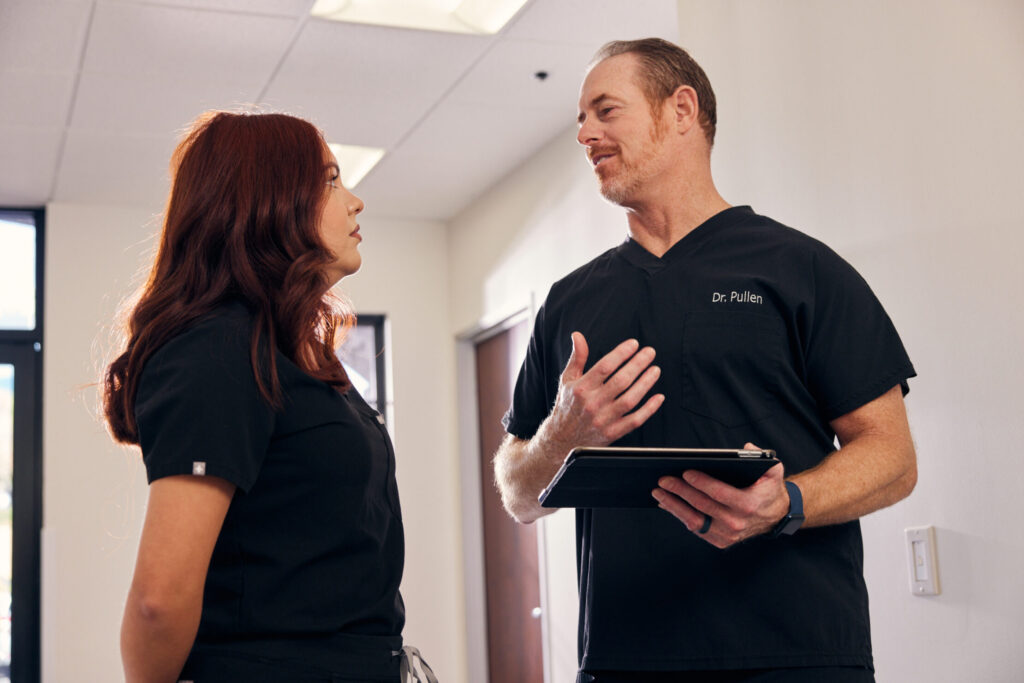Post and Core Build Up

At Brea Endodontics in Brea, California, we prioritize patient education to ensure you feel confident in your treatment choices. Post and core build-up is a key restorative procedure often performed after a root canal or when additional support is needed for a dental crown. Understanding how this treatment works can help you maintain the health and strength of your teeth for the long term.
Understanding Post and Core Build Up
Dr. Pullen and Dr. Abrishami use post-and-core build up treatment to restore severely damaged teeth. This procedure helps save a tooth that has lost much of its structure or has severe decay. If a tooth has had a root canal procedure or has lost a significant portion, it often doesn’t have enough strength to hold a dental crown. This is when post-and-core build up is needed!
The process has two main parts: the ‘post’ and the ‘core.’ The post supports the tooth, and the core helps rebuild the lost tooth structure. Together, they give a strong base for a crown or bridge.
The Role of Post in Dental Restoration
Think of a post as a strong base for a tooth. It is usually a small rod made from safe materials like metal or fiber. After root canal treatment, this post goes into the tooth’s root canal. It helps strengthen the remaining tooth structure by giving it inner support, which is extremely important if a tooth is damaged or decayed. The post also spreads the pressure when biting and chewing, lowering the chances of further damage to the tooth. Dr. Pullen and Dr. Abrishami use a post to ensure that the dental restoration lasts a long time.
How a Core Build Up Works with the Post
Once Dr. Pullen or Dr. Abrishami installs the post, they’ll rebuild the lost tooth structure around it. This is where the “core” is essential. The core is usually made of a tooth-colored filling material, like composite resin or glass ionomer. When carefully placed and shaped around the post, it restores the tooth’s natural shape and size, preparing it for the final restoration. The core creates a strong base for the dental crown by replacing the missing tooth structure. This helps the crown fit right and work well, restoring the tooth’s appearance and allowing you to bite and chew again.
When is Post and Core Treatment Used?
At Brea Endodontics, we suggest the treatment when there isn’t enough tooth structure to hold a dental crown firmly. Frequently, this happens after a root canal because the treatment removes the infected or damaged pulp tissue from inside the tooth. A post and core helps support the tooth and ensure the success of future restorations.
Post and core build up treatment is very helpful for teeth that need crowns or bridges, like in these situations:
- Extensive Tooth Decay: If extensive tooth decay damages a large part of the tooth structure, a post and core can provide the proper support for a crown.
- Root Canal Treatment: After root canal therapy, teeth can become weak and easily break. In these cases, a post and core will help strengthen the tooth and keep it working well.
- Fractured or Broken Teeth: For teeth with severe fractures and missing a large part of their structure, a post and core can help save the remaining tooth.
Step-by-Step Guide to the Procedure
At Brea Endodontics, your journey starts with a complete check-up by our skilled endodontists, Dr. Pullen or Dr. Abrishami. Focused on you, they take time to learn about your dental history, worries, and what you want to achieve. Using high-quality tools, they carefully look at how much damage is on the tooth to determine the best treatment plan for your needs. Digital X-rays may be taken to see inside the tooth and the bone around it so that we can plan treatment precisely. Finally, Dr. Pullen or Dr. Abrishami will perform your procedure, usually giving you a local anesthetic to ensure your comfort.
Here’s a detailed explanation of each step:
- Root Canal Preparation: The tooth is prepared by removing any remaining dental decay or old filling material from the root canal.
- Post Selection and Placement: The appropriate post is selected based on the size and shape of the root canal and then securely cemented into place.
- Core Build Up: A tooth-colored filling material is used to build up the tooth’s structure around the post, restoring its natural shape.
- Bite Adjustment: Your bite is checked and adjusted to ensure proper alignment and comfort.
- Final Restoration: An impression of the tooth is taken so a dental crown can be custom-made to fit over the built-up tooth.
Schedule an Appointment at Brea Endodontics
At Brea Endodontics, we believe informed patients make better choices about their dental health. Our team will explain each step of the process, answer your questions, and calm any concerns you have. Scheduling an appointment with Dr. Pullen or Dr. Abrishami is simple! Call us at (714) 529-9029 to talk to our friendly team, or you can quickly request an appointment online on our website.

 Meet Dr. Reid Pullen
Meet Dr. Reid Pullen
 Meet Dr. Allen A. Abrishami
Meet Dr. Allen A. Abrishami
 Meet Dr. Leeann Chu
Meet Dr. Leeann Chu
 FAQs
FAQs






